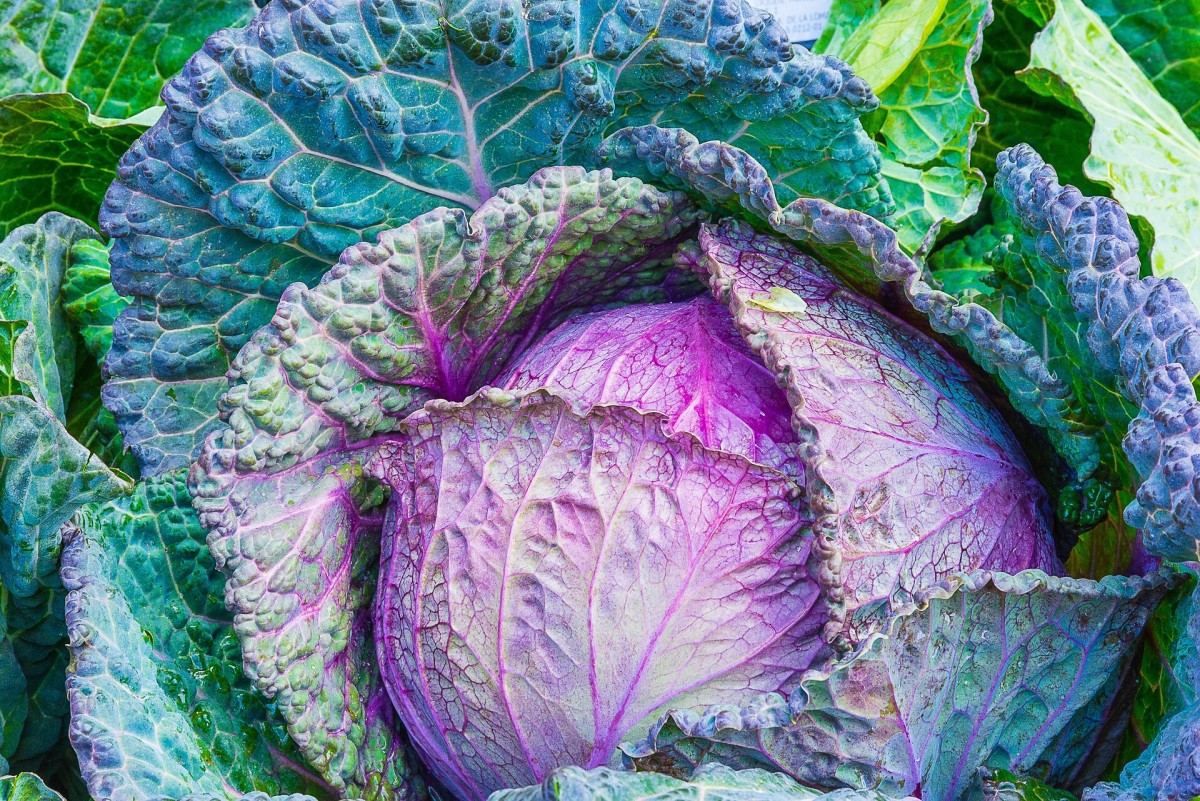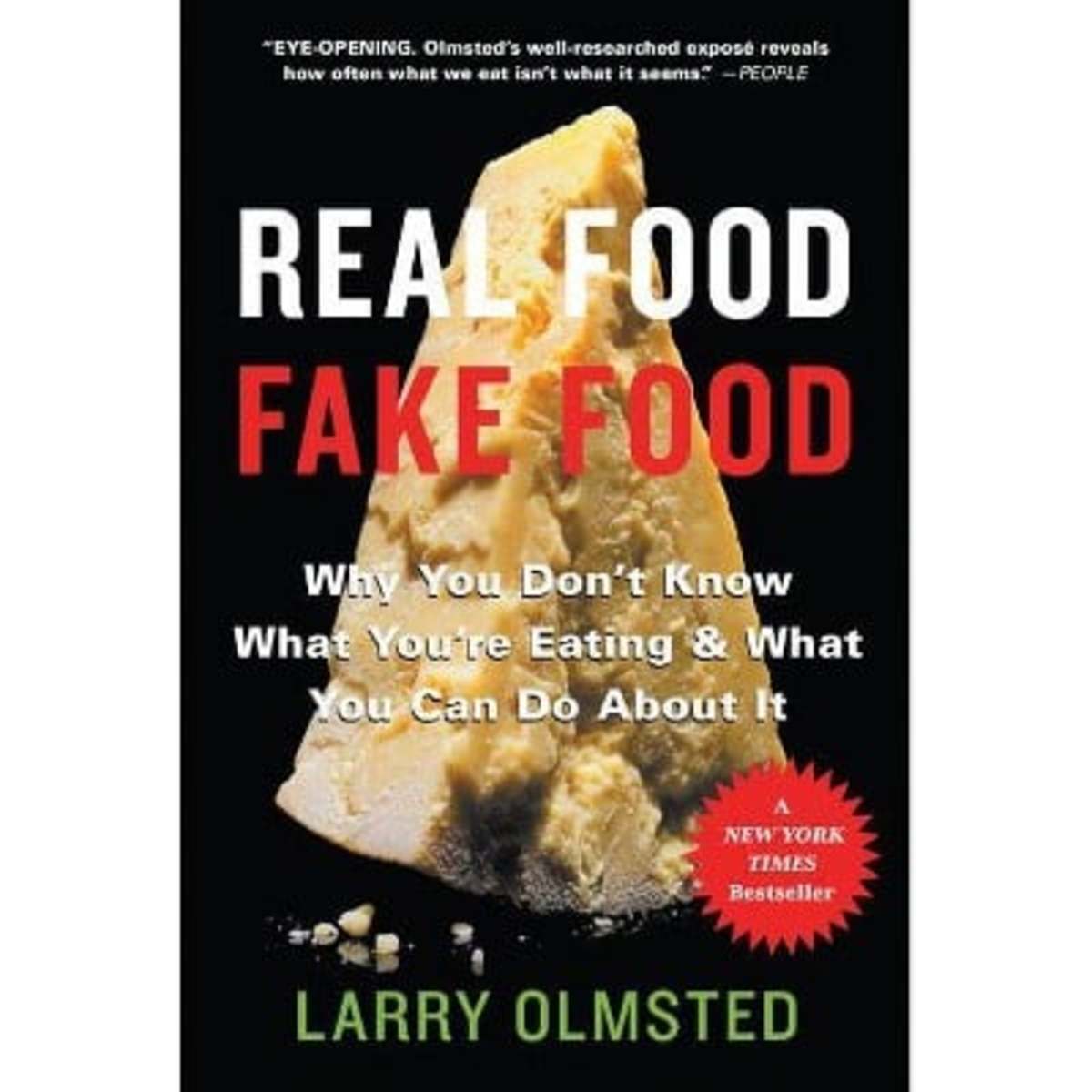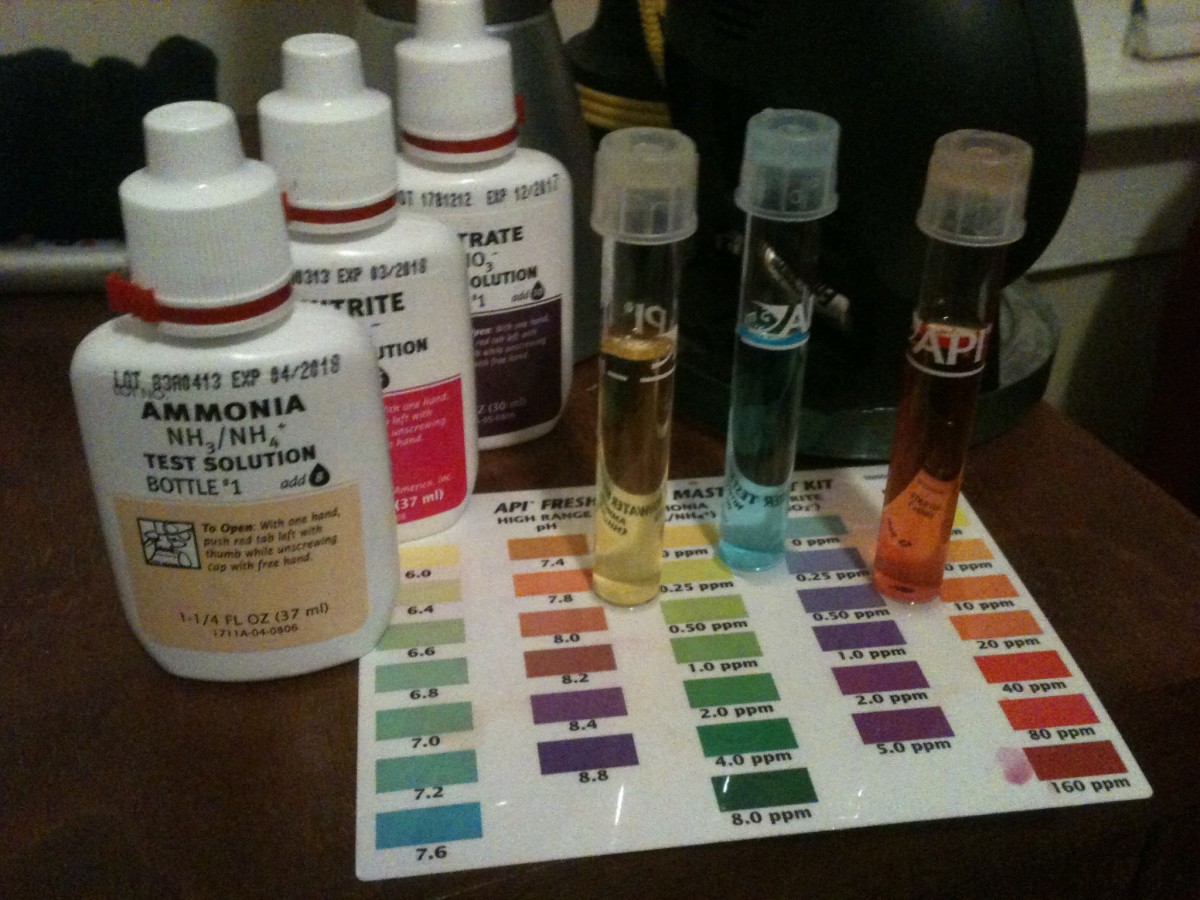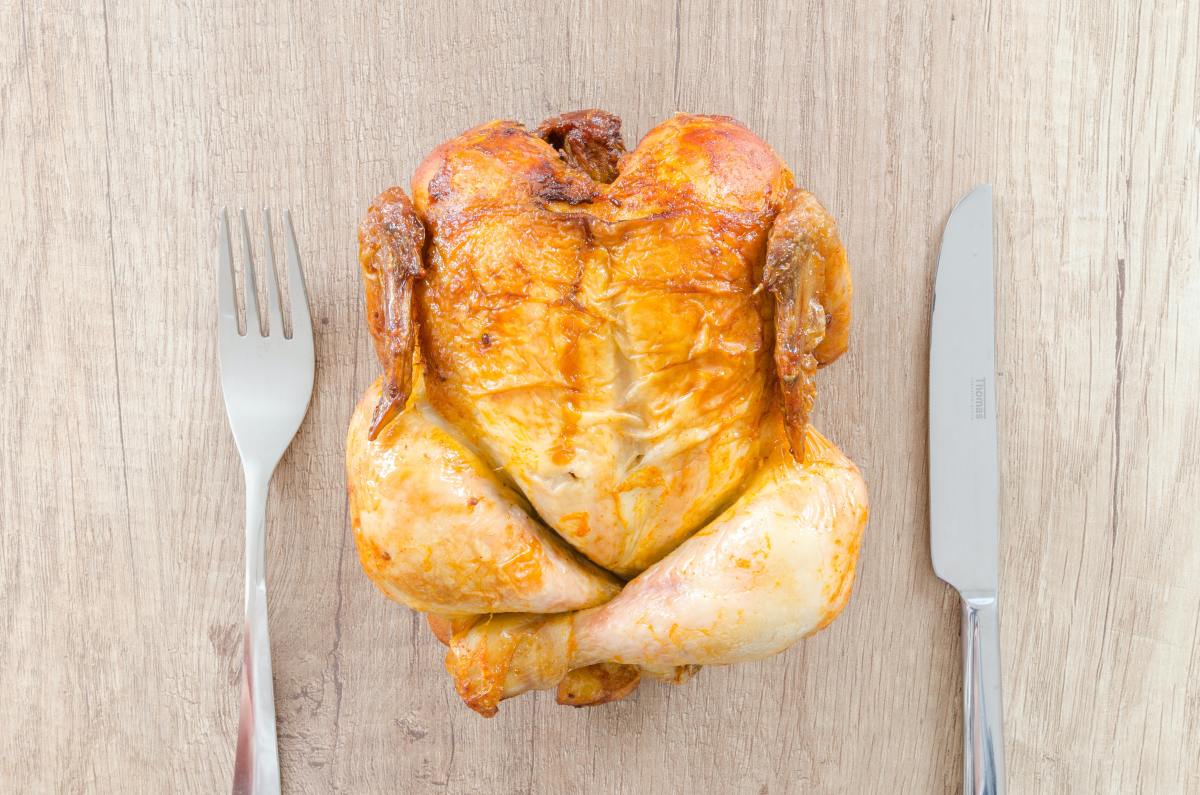In Vetro Meat – Test Tube Meat – Shmeat -- Are You Ready For It?
The First Schmeatburger Has Arrived At a London Event!
The very first shmeatburger was flipped out of its petri dish and into a frying pan at a London event Monday, August 5, 2013, before hundreds of reporters and television cameras. I promised to add an update when this event took place and here it is.
Reuters reports that fewer than a handful of people actually got to taste what some are calling the Frankenburger because there was not enough for the hundreds of people present to all give it try.
Mark Post of Maastricht University in the Netherlands, the biologist who created the shmeat over the last five years, was of course in attendance in order to present his invention to the world. He was one of a very few who had a taste.
The burger was prepared before television viewers who watched as 2 taste-testers and Mark Post sampled the finished product. Breadcrumbs, egg powder, salt, beet juice, and saffron were combined with the lab-meat that contained no fat of its own before it was fried to look like the photo provided below.
Mark Post told reporters it was “a good start” when asked how it tasted. The taste-testers were also notably reserved in their opinions on the taste. One might surmise from the conservative tone of the taster’s reactions that indeed, there is more work to do before shmeat is ready for marketing.
The full article follows this update and the photo below.
The very first shmeatburger!
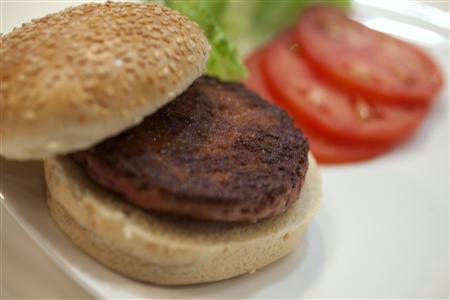
A New Innovation Is About to Shake Up Our Comfort Zone Again and Change What We Have Always Done
The first 5-ounce in vetro burger has in fact already been made. Dr. Mark Post in the Netherlands has already grown an in vetro burger at a cost of about $325,000 (entirely financed by a private donor). The shmeatburger is being preserved in order to introduce it properly to the world at a fitting event that I will have to report when it comes to pass.
Are your dinner table and your palate ready for meat grown in a test tube? Well, get ready because if scientists have their way, it will not be long before in vetro meat will be in your supermarket. It could be as soon as just a year or two from now, so start setting your appetite for it.
The age of Star Trek has arrived. The time when real animals are raised for food is about to be over, so get ready. No more corporate pig farms and chicken farms. No more Texas beef cattle. Does that mean we can be done with all the antibiotics and other chemicals that are injected into livestock to keep them sort of healthy long enough to get them to market? Let’s hope so.
Why the Star Trek comparison? Star Trek introduced replicators, remember? There were no gardens or farms, and no feedlots or slaughterhouses on the Star Ship Enterprise; they had replicators instead. Everything that was discarded was recycled into whatever someone needed whether it was a tool, clothing, or food, or whatever. The replicator reorganized the molecules/atoms of discarded items (trash) into something else. Maybe cheesecake.
There are other names applied to in vetro meat, which I will list here so you will recognize them if you hear them. “In vitro meat, [is] also known as cultured meat, cruelty-free meat, test tube meat, tubesteak, or shmeat. [It] is an animal flesh product that has never been part of a complete, living animal. [Other] alternative names include hydroponic meat, vat-grown meat, victimless meat, and vitro meat,” (Wikipedia).
You should be aware that in vetro meat is real meat, not substitute protein such as vegetarians sometimes eat that looks like meat, but is not.
Test Tube Meat Is On the Way To a Supermarket Near You
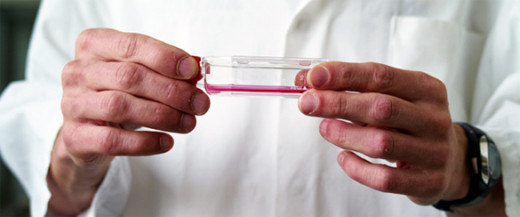
Some Fruits and Vegetables That Are Genetically Engineered
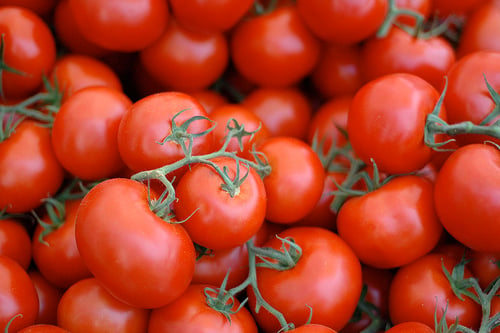
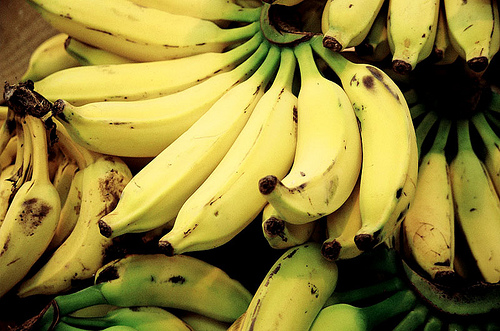
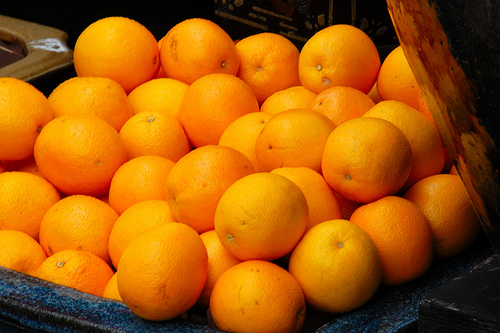
Considering the great strides science has made of late, it should not surprise anyone that meat is being grown in test tubes, and will before much more time pas
The idea of test tube meat sounded pretty disgusting to me initially. I do not eat a lot of meat anyway. I am not quite a vegetarian, but I try to avoid eating meat as much as possible.
Then I heard the arguments in favor of in vetro meat.
Currently it takes 13 to 16 pounds of grain and grass and feed along with 2,500 gallons of water to get a single pound of beef! Yes, these are figures from scientists. Then there is all the pollution from the transportation and processing, etc., and more expenses incurred from all that.
I have known for a long time that the process of running the vegetation through an animal before eating it myself was very inefficient and expensive.
Of course meat carries more pathogens that will make a person sick or even kill a person than vegetation does. Hopefully infected meat, vegetables, and fruits will all be a thing of the past when in vetro meat becomes readily available.
When vegetables or fruits become poisonous it is usually from being contaminated by meat or some other animal product (animal feces for example). I have personally observed workers in a grocery store packaging ground beef and sliced watermelon on the same table with no divider between them.
Sometimes the problem is animal feces getting into the meat during the slaughtering process, and then later contaminating plant products that are handled improperly by using the same equipment to process the vegetables or fruits without cleaning the equipment first.
Sometimes contamination of fruits and vegetables occurs because they were handled by dirty hands of a worker that did not wash his or her hands after handling contaminated meat or other unsanitary things. There are many ways fruits and vegetables can be contaminated by meat or other things.
Regardless of how meat sometimes gets contaminated and deadly as a result, those occurrences should be minimized when in vetro meat becomes readily available. There are a lot of advantages to growing meat in a laboratory over slaughtering live animals that cost a fortune to raise and care for.
Having grown up on a small family dairy farm, I know exactly how much work and money goes into even a small herd of cattle, a couple of hundred chickens, or a few hogs.
Raising all those animals for slaughter takes acres of land, tons of grain and grass, and gallons and gallons and more gallons of water. More water is required at slaughter, and it is a messy process that once viewed, often turns meat eaters into vegetarians. From my perspective there really is not anything humane about the butchering process.
Learn More About In Vetro Meat
Advantages of Growing Meat Instead of Raising Meat
While I do agree that there are many advantages and improvements to be had if meat can be successfully ‘grown’ in more sanitary conditions than any live animal can ever be raised in, I am still not completely sold on in vetro meat. I am not convinced that it is sufficiently more healthful than traditionally obtained meat.
In vetro meat should be free of pathogens if grown and handled properly. It should be free of antibiotics and other chemicals injected into animals to keep them on their feet until they can get to market.
In vetro meat should with time be more economical and efficient to grow. It should produce far less pollution and take up far less real estate in the growing process. In time it should cost consumers less and be more healthful. It will definitely not have the texture meat lovers are accustomed to, and from appearances will look more like spam.
The question I have, is will all these things come to pass? Will growing meat using the in vetro process be truly more efficient and healthful in practice? Or will less than healthy chemicals be required to make the process work because it is in a laboratory of sorts instead of being created the natural way?
Right now growing even a small piece of in vetro meat is a painfully slow process. Will chemicals be introduced to speed things up? Will we be exchanging the antibiotics and other chemicals now used on livestock for other chemicals that serve a different purpose, but that are no more healthful?
I confess, the healthful part is what I wonder about more than anything else. While solving the health issues meat has now, will there be new health issues with this new method of creating meant and will those issues be better or worse?
Genetically Engineered Holstein Dairy Cow
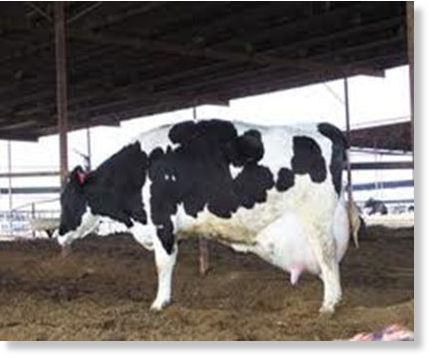
Speak Your Mind
How do you feel about all these new kinds of meat on the market, or soon to be in the grocery store and in restaurants?
Other Types of Meat Already On the Market
Cloned Meat
Cloned meat was approved by the U.S. Department of Agriculture in January of 2008, but many cattlemen and some veterinarians admitted and agreed that cloned meat had been in the supermarkets for a number of years prior to approval.
It was not then nor is it now legally required for producers or marketers of cloned meat to label the meat as cloned. It is thought that a lot of Americans have already eaten and continue to eat cloned meat unaware.
What is the reason for cloning cattle and other animals? Well, it seems that a lot of people had been unhappy because the meat they purchased was not dependably of good quality – that is, it often times would be tough or grisly, and either too fat or not fat enough. Buying meat that was just right was a hit or miss proposition. Cloning their best quality meat animals seemed like the way to make certain the meat was always of the best quality. Cloning beef cattle is therefore a quality control issue. Better quality meat means more money for the producers and fewer complaints -- happier customers.
Genetically Engineered Animals
Ron Epstein writing for San Francisco State University says that prominent scientists do not believe sufficient testing has been done to be sure that genetically engineered food products are safe. Genetically engineered meat especially, may cause serious allergic reactions, and it may increase antibiotic resistance among other things.
Labeling genetically engineered meat and other foods as genetically modified has never been required in either the U.S. or Canada. Lots of people have been eating them for many years now, most probably without knowing it.
Why have scientists been modifying the genes of animals and plants in the first place? What are the purpose and the benefit?
Some animals have been genetically modified so that they will produce more milk or more muscle tissue, which translates into more money for farmers and processers.
Some plants have been genetically modified so that they will be more insect or disease resistant, or so that they will have a tougher skin (tomatoes, bananas) making them withstand the rigors of shipping better.
Some fruits have been altered genetically so that they will not spoil as quickly. All of these changes mean more money for producers, manufacturers, and wholesalers, partly through less waste and spoilage.
It will be interesting to see what my readers think about all this. Some of these things are no longer new and have been on the market for several years, and some are about to debut in the next couple of years.
Will you continue to eat meat not knowing if it is natural or one of the products written about here? Does it upset you at all that these different products are not labeled? In vetro meat probably will not be labeled either. How do you feel about that?
References and More Information
Reuters.com reports first in vitro burger
http://www.reuters.com/article/2013/08/05/us-science-meat-in-vitro-idUSBRE9740PL20130805
New York Times – Engineering the Invetro Burger including a video
http://www.nytimes.com/2013/05/14/science/engineering-the-325000-in-vitro-burger.html?pagewanted=all&_r=0
ABC NEWS - Tissue Engineered Meat In a Test Tube
http://abcnews.go.com/blogs/technology/2013/05/hot-off-the-grill-test-tube-burger/
CNN-Lab-Grown Meat
http://www.cnn.com/2012/08/13/tech/innovation/lab-grown-meat
Wikipedia On Invetro-Meat
http://en.wikipedia.org/wiki/In_vitro_meat
Reuters
http://www.reuters.com/article/2011/01/30/us-food-meat-laboratory-feature-idUSTRE70T1WZ20110130
USA Today
http://usatoday30.usatoday.com/news/nation/environment/2009-04-21-carbon-diet_N.htm?csp=YahooModule_News
Scientific American
http://www.scientificamerican.com/article.cfm?id=tissue-engineered-leather-could-be-mass-produced-by-2017
References for Cloned and Genetically Engineered Meat
The FDA on Cloned Livestock
http://www.fda.gov/AnimalVeterinary/NewsEvents/FDAVeterinarianNewsletter/ucm110044.htm
Whole Foods
http://www.wholefoodsmarket.com/mission-values/environmental-stewardship/cloned-meat-qa
The Washington Post on Cloned Meat In the Market for Many Years Already
http://www.washingtonpost.com/wp-dyn/content/article/2008/01/15/AR2008011501555.html?hpid=topnews
The Washington Post
http://www.washingtonpost.com/wp-dyn/content/discussion/2008/01/15/DI2008011502270.html
Discovery.com
http://news.discovery.com/tech/cloned-meat-enters-food-chain.htm
USA Today
http://usatoday30.usatoday.com/tech/science/genetics/2008-09-18-genetically-engineered-animals-food_N.htm
Howstuffworks.com
http://science.howstuffworks.com/innovation/edible-innovations/cloned-meat.htm
San Francisco State University on Genetic Engineering of Food Products
http://online.sfsu.edu/rone/GEessays/Why%20You%20Should%20Be%20Concerned%20About%20GEF.htm
More from Au Fait About Meat and Food Issues
- Pink Slime Turns Dog Food Into People Food!
Pink Slime is in our food. Pink Slime used to be used for dog foods and other animal foods. What you should know about what it is, how it is processed, what foods it is in, and why you may not want it there. Why isn't the USDA requiring it to be on f - Counterfeit Food Is A Growing Problem All Over the World: Are You and Your Children Unknowingly Eati
Counterfeit food is becoming a big problem worldwide. It isn't just an issue of economics anymore, but is also becoming more of a bioterrorism threat and a personal threat, as when melamine was put in milk and 900 babies were hospitalized and 6 of th - Soy May Be Dangerous To Your Health!
If you are not already aware, there is a controversy between nutritionists and the medical community regarding whether or not soy products are dangerous to your health, or beneficial to your health. It is non-formented soybeans that are at issue, and - Foods That Fight Off Disease and Mental Decline
Advice from Dr. Oz about which 4 foods he considers superfoods for fighting Alzheimer's disease. Also, a list of delicious foods proven to help you get healthy and stay healthy along with the benefits each one provides. - Diet Drinks and Artificial Sweeteners Can Make You Fat!
Research is piling up that diet drinks and artificial sweetners can make you fat. Artificial sweetners are not the only thing that is in soft drinks that is unhealthful.



